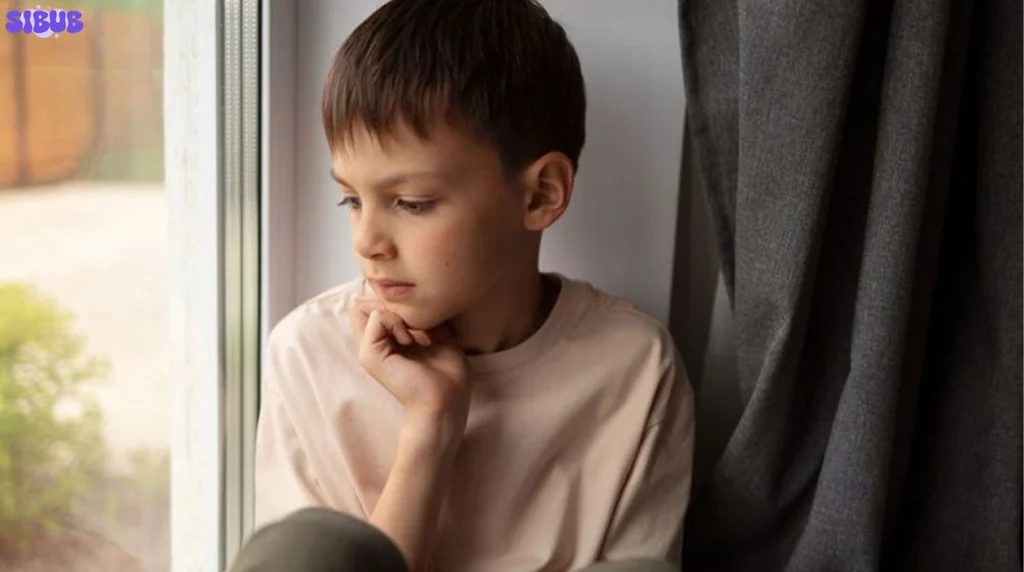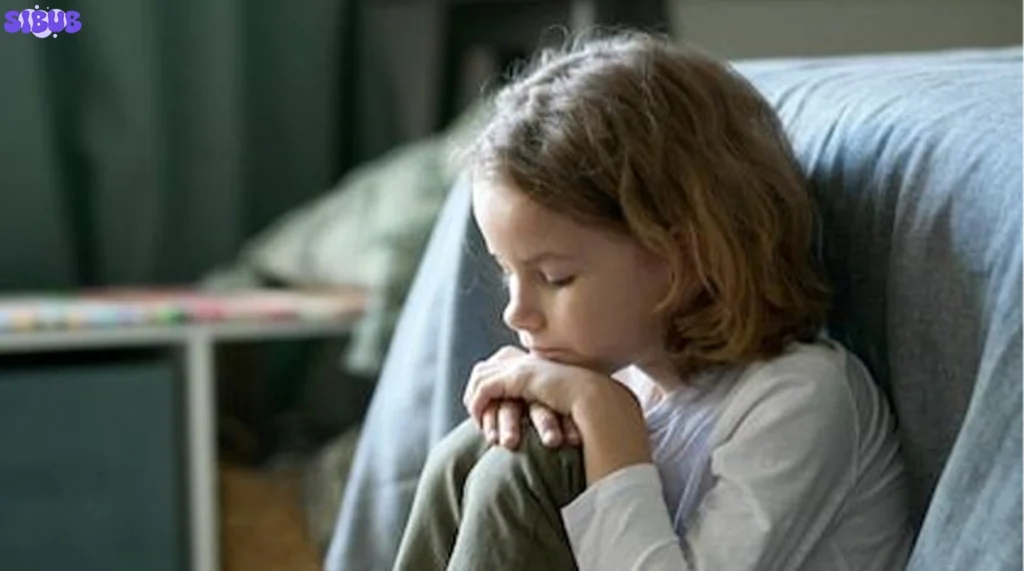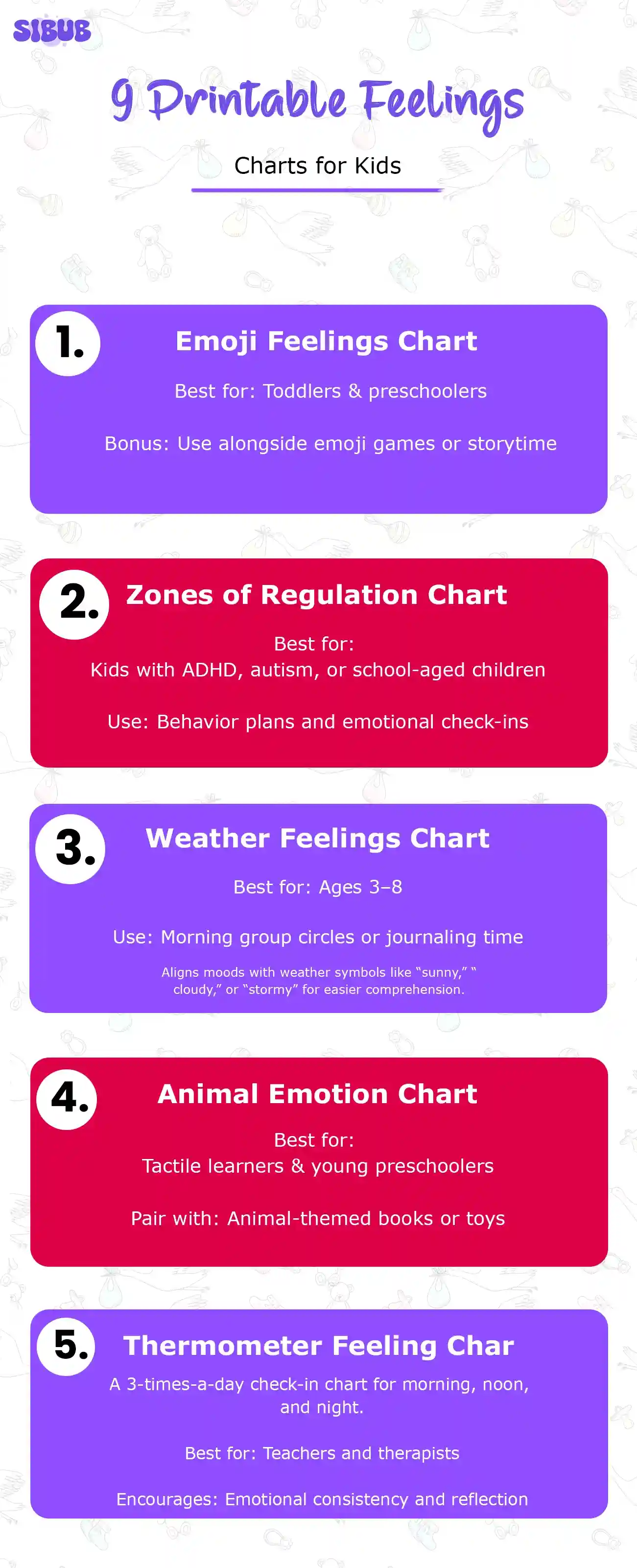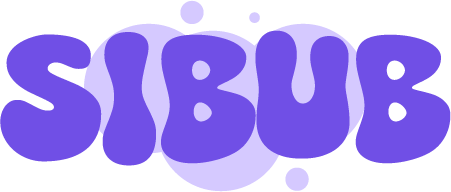“When little people are overwhelmed by big emotions, it’s our job to share our calm, not join their chaos.” – L.R. Knost
Every child may experience life’s circumstances a bit differently. Big emotions are largely universal — what is not is the emotional regulation skillset one possesses. Whether it’s an overwhelming sense of joy or hopeless frustration, every child goes through some level of feeling at one point in time.
A feelings chart for kids provides a pathway to understanding emotions. Children can express their feelings using these charts, which helps them to articulate their feelings as well as maintain composure.
This article discusses 9 printable emotion charts meant for preschoolers and toddlers. We highlight their usability along with a link from which the charts can be downloaded.
The Importance of Feelings Charts for Kids
Emotions are an important facet of childhood development. Research from the Child Mind Institute confirms that properly identifying emotions decreases anxiety while also helping kids manage their actions. A feelings chart printable serves more purposes than being just a poster. It is a modern-day tool that assists with:
- Building vocabulary: Beyond “happy” and “sad,” children learn how to express themselves by using words such as ‘frustrated,’ ‘nervous,’ or ‘excited.’
- Self-moderation: Preventing meltdowns by recognizing emotions at early stages.
- Emotional connection: Children relating to others is made easier by understanding their own feelings.
- Expression: When children have the right words, they feel more comfortable opening up.
As a parent, teacher, or even therapist, emotional learning can now be harnessed in a visual form due to the introduction of these charts.

Visit: ADHD Treatment For Kids: Finding The Right Medication
How You and Your Learners Can Use a Feelings Chart at Home or School
Utilizing a feelings chart template can be straightforward; however, thought-out procedures will assist in making it more productive.
Suggestions on Daily Use of Feelings Charts
- Check-in: Check how everyone is feeling for the day, “What is your emotion today?”
- Use it as it is happening: Gesture to the chart when things get heated.
- Review at night: Go over the feelings of the day.
- Show: Parents should articulate where they are on the chart as well.
- Be more creative with the questions: “What, if anything, impacted this for you?”
It is better when you use these charts frequently, the development of emotional intelligence/appreciation will become reflexive.
9 Printable Feelings Chart for Kids
We have 9 engaging and useful emotion charts specifically designed to assist children in identifying and vocalizing their feelings.
Every chart is tailored to a specific age group and indicates how it can assist children, be it through illustrations, daily reflection, or calming mechanisms.
Emoji Feelings Chart
This emotion chart for kids incorporates emojis that kids are already familiar with, which makes it more colorful and engaging. Ideal for younger children regardless of reading ability.
Best for: Preschool and toddler age.
Bonus: Use alongside games that focus on facial expressions.
Zones of Regulation Chart
This chart categorizes emotions into four zones. Blue sad/tired, Green (calm/happy), Yellow (anxious/excited), and Red (angry/upset). This chart is suitable for older school children.
Best for: Kids with ADHD or autism and school-aged children.

Discover: Children’s Motrin Dosage Guide: Safe Use for Fever and Pain Relief
Weather Feelings Chart
Aligning emotional states with weather patterns, for instance ‘sunny’, ‘cloudy’, or ‘stormy’, makes this comparison easier to comprehend. This analogy assists in visualizing a children’s emotion chart.
Best for: Ages 3-8
Tip: Employ during morning circles or collective sessions.
Animal Emotion Chart
This chart expresses emotions in a fun and relatable way for kids by using animals, such as “grumpy bear” or “happy puppy.”
Best for: Younger preschoolers and tactile learners
Pair with: Storytime featuring emotions in animals
Thermometer Feeling Chart
You can use this vertical feelings chart for kids to describe their emotions by intensity, for example, calm at the bottom, furious at the top.
Best for: Children practicing self-regulation
Put to use: Assessing emotions during difficult situations.
Emotion Check In Focus on Daily Activities
A structured preschool feelings chart with arrays of faces and boxes for morning, noon, and night check-ins.
Best for: Teachers, therapists, and early childhood practitioners
Encourages: Routines and tracking emotions

Explore: The Importance of Father-Daughter Bond: Why Every Daughter Needs Her Dad
Drawing a Chart to Understand Blank Expressions
Kids draw their own feelings. This printable feelings chart is perfect to foster creativity as well as emotional ownership.
Best for: Ages 5+ with emerging drawing skills
Encourages: Exploring different aspects and dimensions
Chart Negative Emotions Worksheet
This worksheet showcases painful emotions, including guilt, shame, and jealousy. It is a chart of negative emotions worksheet with coping strategies that goes deeper than the chart.
Best for: Middle childhood
Essential for: Emotional development and reflection
Emotions for Toddlers with a Photograph Chart
This toddlers’ emotions chart features real children’s photographs depicting emotions clearly and realistically.
Best for: Young toddlers or children with developmental delays
Use as: A visual choice board during meltdowns
Selecting the Appropriate Emotions Chart
Selecting a feelings chart that works best for each child differs based on their age, interests, and personality traits.
Factors To Keep In Mind
- Age: Children in the younger age group respond better to clear images, while older children can think and reflect on a deeper level.
- Language skill: Is your child capable of articulating feelings, or does he/she require assistance with words?
- Behaviour patterns: Withdrawal, sudden mood shifts, or frustration are some behaviors one needs to pay attention to.
- Learning method: Some children are visual; others require physical activity or interaction.
The right feelings chart for kids is bright, uncomplicated, yet multifaceted, and relatable. It should correspond to a child’s worldview.
Transform It Into A Habit
Creating a feelings chart printable is useful, but integrating one into daily life makes it far more effective. Aim for active integration for the optimum benefit.
- During transitional periods, such as after school, make sure to incorporate it.
- Keep it at eye level on the refrigerator or the wall of the classroom.
- Not confined to crises, go over it in non-stressful moments too.
Although emotions can be overwhelming, in this case, chaotic emotions are normal. These charts can assist in simplifying them.
Conclusion
Though many children don’t always express their feelings verbally, emotions are present within them. A feelings chart for kids can facilitate the connection between actions and emotions. From toddlerhood to teenage years, these resources aid in linguistic development regarding their ever-evolving emotional landscape.
Every parent choosing a basic emoji chart or an anger management emotion chart for kids is making a powerful decision. They are giving their child the lifelong ability to express emotions clearly and confidently.
So print one out, hang it up, and have the discussion. When kids are aware of what they are feeling and know that their caregivers are there to actively listen, dominant emotions become easier to regulate.
